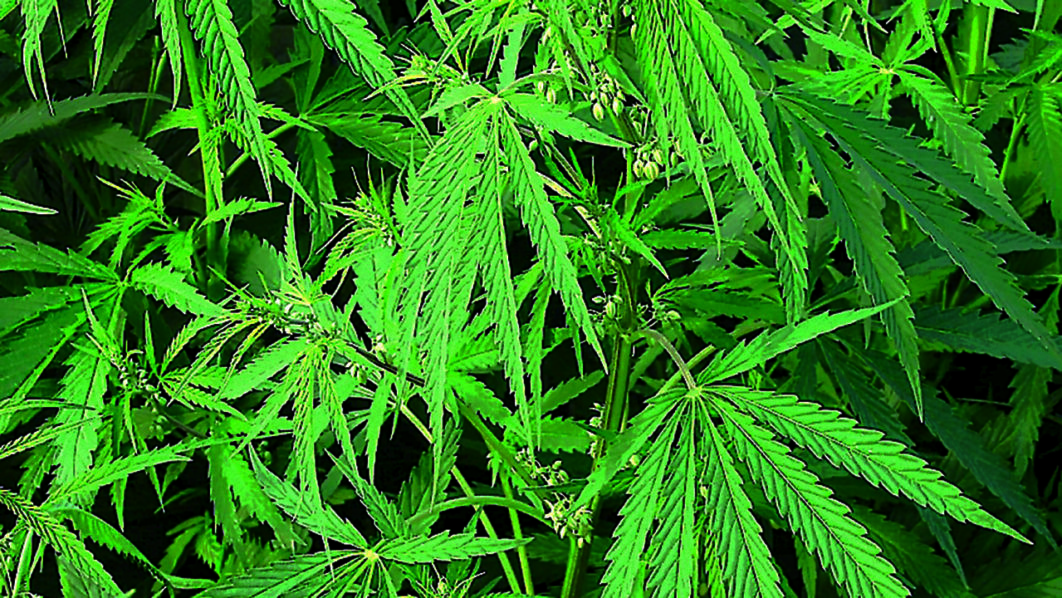
Cannabis sativa has become a novel adjunct treatment for cancer, pain, poor appetite, nausea, epilepsy to mention but a few.
Although it is illegal in most parts of the world including Nigeria, the country is a major source of West African-grown cannabis, and ranked world’s eight highest consumer of cannabis.
Little wonder some doctors especially oncologists in Nigeria, United States (U.S.), United Kingdom (U.K.), Canada among other countries recommend it for their patients.
Even Coca-Cola is considering developing a drink containing Cannabis. Coca-Cola Cola, last week, said it is eyeing the cannabis drinks market.
Coca-Cola said it is monitoring the nascent industry and is interested in drinks infused with cannabidiol, or CBD- the non-psychoactive ingredient in marijuana that treats pain but does not get one high.
Meanwhile, researchers who surveyed a population-based sample of medical oncologists said while a wide majority of oncologists do not feel informed enough about medical marijuana’s utility to make clinical recommendations, most do in fact conduct discussions on medical marijuana in the clinic and nearly half recommend it to their patients.
The study, published last week in the Journal of Clinical Oncology, is the first nationally representative survey of medical oncologists to examine attitudes, knowledge and practices regarding the agent since medical marijuana became legal on the state level in the US.
Additional findings of the current study suggest that nearly two-thirds of oncologists believe medical marijuana to be an effective adjunct to standard pain treatment, and equally or more effective than the standard therapies for symptoms like nausea or lack of appetite, common side effects of cancer treatments such as chemotherapy.
Medical marijuana refers to the non-pharmaceutical cannabis products that healthcare providers recommend for therapeutic purposes.
A significant proportion of medical marijuana products are whole-plant marijuana, which contains hundreds of active ingredients with complicated synergistic and inhibitory interactions.
By contrast, cannabinoid pharmaceuticals, which are available with a prescription through a pharmacy, contain no more than a couple of active ingredients.
One of the big health stories of 2018, cannabidiol, or CBD oil, is increasingly being studied for its pain-relieving abilities, among other medical uses.
Extracted from non-marijuana strains of industrial hemp plants, CBD oil is highly effective for treating many types of pain, including headache, joint pain, endometriosis pain and neuropathic pain (due to nerve damage).
CBD creams, salves and ointments are equally effective for pain relief when applied directly to painful muscles and joints.
CBD not only reduces the level of pain signals reaching the brain but also alters the way you respond to them, changing your reaction to pain and helping you feel and cope much better.
In addition, CBD reduces anxiety and stress, improves sleep and lifts mood.
However, because it does not contain tetrahydrocannabinol (THC), the psychoactive component in marijuana, it does not give one the high associated with the plant and is therefore legal to take.
A 2012 review in the Journal of Experimental Medicine concluded Cannabidiol oil (a non-psychoactive part of the cannabis plant) is an effective treatment for adults suffering with chronic pain and, significantly, there are no reported side effects.
In pancreatic cancer, a type of cancer that unfortunately has some of the lowest survival rates, new study in mice suggests that one substance could help address this problem: cannabidiol, a naturally occurring cannabis compound.
Researchers look to cannabidiol in the hope of improving survival rates for people with pancreatic cancer.
According to data from the National Cancer Institute (NCI), in the United States, there will be an estimated 55,440 new cases of pancreatic cancer by the end of this year.
Treatments for this type of cancer include surgical resection (the removal of tissue affected by the cancer), as well as chemotherapy. Unfortunately, the prognosis tends to be poor, with only an 8.5 percent survival rate within 5 years from diagnosis, as per the NCI.
Researchers from Queen Mary University of London (QMUL) in the United Kingdom, and from Curtin University in Bentley and Perth, Australia, have been making efforts to find a way of increasing survival rates for people diagnosed with this type of cancer.
Recently, Prof. Marco Falasca of QMUL and colleagues have conducted a study on a mouse model of pancreatic cancer, investigating an intriguing lead. They wanted to see if administering cannabidiol (CBD) — a naturally occurring component of medical cannabis — alongside chemotherapy medication would improve prognosis following treatment.
The researchers focused on the potential of CBD rather than another cannabis compound, tetrahydrocannabinol (THC), because the former does not cause psychoactive effects. This has led to CBD already gaining approval for use in a healthcare context.
If further studies show that CBD is effective in improving cancer treatment, this could mean that doctors will be able to use it in cancer clinics immediately.
In the current study, Falasca and team worked with a mouse model of pancreatic cancer, which they treated with CBD alongside a typical chemotherapy drug, called “Gemcitabine.”
The team found that, following this combination treatment, the rodents survived almost three times as long as mice from a control group, which had only been treated with Gemcitabine.
A newly released study in the Journal of Cannabis and Cannabinoid Research shows promise for using the compounds in Cannabis to fight colorectal cancer and polyps. In the study they used Cannabis sativa ethanol extracts on cancer and normal colon cell lines and on dysplastic adenomatous polyp cells.
Colorectal cancer is the third most common cancer diagnosis. It is also the fourth leading cause of cancer-related mortality worldwide.
The researchers used multiple concentrates with different fractions of cannabinoids to treat the cancer and polyp cells. They used concentrates that had been heated and concentrates that had not been heated. They found that unheated cannabis extract (which they called C2F) and two of the other cannabis concentrates (labeled as F3 and F7) were the most effective in stopping the growth of cancer cells. The F3 fractionate (concentrate) was found to contain 91.20 per cent CBGA. The F7 fractionate was over 90 per cent THCA.
They also found that combination of F3 and F7 also induced cell death in polyp cells. This study provides further evidence that the synergistic effect of using multiple cannabinoids is more effective than using isolates alone.
Although these results are promising, it is important to remember that many chemicals have looked promising for killing cancer cells in vitro (in a test tube, in a culture dish, or outside a living organism) or in animal studies, but have not been effective in human studies. This is why it is so important to continue the study of the Cannabis plant. With enough research, the scientists may indeed find a cure.
Cannabis regulates insulin and cancer cell progression in breast cancer patients with diabetes
According to a recent study published in South African Journal of Science, the association of type 2 diabetes mellitus and breast cancer among African women has already been established.
Interestingly, Cannabis sativa has been found to be equally effective in inhibiting breast cancer cell proliferation and regulating insulin levels in patients with diabetes.
The researchers noted: “Breast cancer cell progression and migration is directly influenced by insulin levels in patients with diabetes and IL-6/IL-6R mediates its regulatory role in MAO-A-controlled cell metastasis and angiogenesis. Importantly, the IKS Research Group of the Department of Pharmacology at the University of the Free State (Bloemfontein, South Africa) is presently working on this immune-biology and validating this dual role of cannabis in the South African context.





